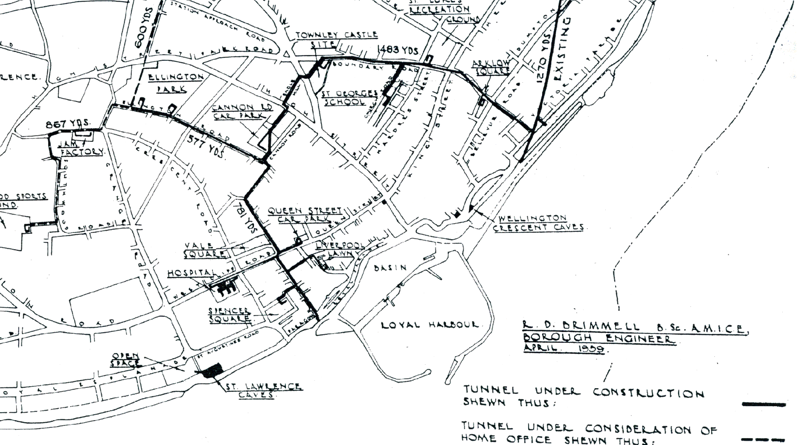24th August proves to be an eventful date in history for Manston airfield and Thanet
August 24th was an eventful day for Manston airfield and Thanet, in more than one year:
#OnThisDay1940
264 Sqn Defiants sent forward from Hornchurch to Manston for air defence.
Manston attacked multiple times and set on fire, eventually leaving Manston unserviceable, despite its many tunnels and underground shelters, so the RAF decided to evacuate the airfield and left for all but emergency use.
264 Sqn Defiant L7013 piloted by Fg Off E Campbell-Colquoun and Plt Off G Robinson brought down at Manston, three other Defiants missing in sea off Thanet, crews assumed dead.
264 Sqn Defiant failed to return from combat with Bf109s off Manston 12:45pm. Sgt Berry, F/O Shaw missing.
264 Sqn Defiant last seen pursuing Ju88s over Manston 12:40pm. S/Ld Hunter and P/O King missing.
Total losses of 12 Defiant aircraft and 14 crew over the last three days forced Figher Command to withdraw it as a front line fighter.
Ramsgate Airport: A number of bombs were dropped resulting in damage to airport buildings and houses. ARP personnel were machine-gunned by two low-flying aircraft. Casualties not reported.
Ramsgate: At 1138 hours, an attack was made which resulted in severe damage to the gas works and sulphur plant. Direct hits were made on military headquarters and Customs House. Mains were fractured and houses demolished with many casualties.
Ramsgate: The town was bombed, with a mixture of wardens, policemen and civilians amongst the 29 people killed (although reports of casualties do differ), with 78 houses destroyed, 300 not fit for habitation and 700 damaged. There is a suggested list of those killed, here: http://sussexhistoryforum.co.uk/index.php?topic=2974.0
There are some amazing photos of the aftermath here http://www.michaelsbookshop.com/1940/id3.htm
London, Birmingham, Portsmouth and Manchester were also bombed, although it would appear that the bombing of London many have been a mistake by the Luftwaffe. Within 24 hours, RAF Bomber Command was to launch its first attack on the City of Berlin as a reprisal, starting what would be known as “The Blitz”, but allowed the RAF some critical respite to reground and recover from attacks on the airfields.
“Then, as the Battle of Britain raged in the skies above, the town gained another claim to fame on August 24, 1940. It was a relatively quiet Saturday lunchtime when the air raid sirens suddenly wheezed in to life. Moments later, Ramsgate became the first place in Britain to experience the full force of the Luftwaffe’s ‘Blitzkrieg’.
In the space of five minutes, a formation of Junkers Ju88 bombers dropped more than 500 bombs in what elderly locals still call ‘the murder raid’.
Even after the bombs were dropped, fighters returned to machine gun any survivors they could find, including the firemen struggling to douse the flaming gasworks.
Fireman Edward Moore would later receive the George Medal from the King for his heroics. More than 1,200 homes were destroyed. American correspondent Hubert Knickerbocker called it ‘the worst raid in history’.
No one is entirely sure why Ramsgate was singled out. One theory is that the Germans were en route to bomb nearby RAF Manston when an armed trawler in the harbour shot down the leading aircraft and the enemy turned on Ramsgate instead.
Yet the civilian death toll amounted to just 29. The tunnels had very quickly proved their worth.”
http://www.dailymail.co.uk/…/The-secret-city-hidden-Ramsgat… Ramsgate Tunnels
#OnThisDay1942
First Flying Fortress seen at Manston, lands badly shot up, with three aircrew injured after an attack on Le Trait shipyards.
OnThisDay1955
USAF Airman Napoleon Green, 21 from Chicago shot 10 people, killing 3 on a spree from Manston to Broadstairs harbour. Green walked into the sea and used his rifle to commit suicide.
Main Picture by R. D. Brimmell, Borough Engineer [Public domain], via Wikimedia Commons

